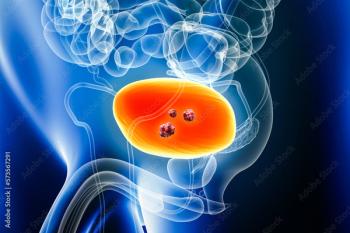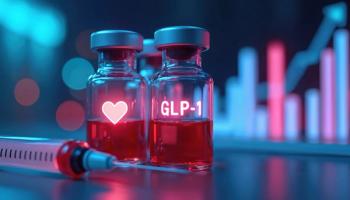
Dupilumab Found to Significantly Improve Symptoms of Atopic Dermatitis
Biologic dupilumab plus non-cosmetic topical moisturizer associated with significantly improved symptoms and health-related quality of life in particular patients with atopic dermatitis.
Analysis of care in a routine clinical practice setting show that 40-week treatment of biologic dupilumab plus non-cosmetic topical moisturizer (emollient) is associated with significantly improved symptoms and health-related quality of life (HRQoL) in particular patients with
In a new study presented at the
Patients were additionally treated with emollients and preventive artificial tears during the treatment period.
Dupilumab—marketed as Dupixent by Sanofi-Regeneron in the US, and approved for the treatment of AD and corticosteroid-dependent or eosinophilic
Investigators sought to evaluate the efficacy, safety, psychosocial impact, quality of life, adherence to and satisfaction with the treatment of dupilumab and add-on treatment. Qualified patients were at least 18 years old, with chronic AD.
Patients were administered 300 mg subcutaneous dupilumab every 2 weeks, following a baseline loading dose of 600 mg, for 40 weeks. In the first 16 weeks, patients were visited every 4 weeks. Afterward, patients were visited once every 12 weeks. Treatment adherence was 100%, investigators noted.
Mean patient age was 33.2 years old, with 9 (81.8%) being women. Mean duration of AD was 17.7 years. All patients reported difficulties with itching and sleeping. As per the Scoring Atopic Dermatitis (SCORAD) Index, baseline score was 64.5. Mean anxiety score as per the Hospital Anxiety and Depression Scale was 9.2 at baseline.
At week 40, just 4 patients had reported issues with itching—none reported any difficulty to sleep. Mean SCORAD score decreased significantly, to 5.8 (P < .001). Anxiety score on the scale had decreased to 3.4 (P < .001).
There were no general adverse reactions reported in patients at any time. Two patients reported mild local site injection reactions in the time period between baseline and week 8, but none reported any such issue at week 40.
Investigators concluded that signs and symptoms of AD, as well as HRQoL, were significantly improved in patients provided dupilumab plus add-on emollient and artificial tears for 40 weeks. The data showed such a regimen is also acceptably safe in adults with a history of inadequate response or intolerance to systemic treatment.
Additionally, the perfect patient adherence to therapy indicated that patients treated with subcutaneous dupilumab are likely satisfied by both its efficacy and safety.
The study, “
This article was originally published by
Newsletter
Stay informed on drug updates, treatment guidelines, and pharmacy practice trends—subscribe to Pharmacy Times for weekly clinical insights.










































































































































































































